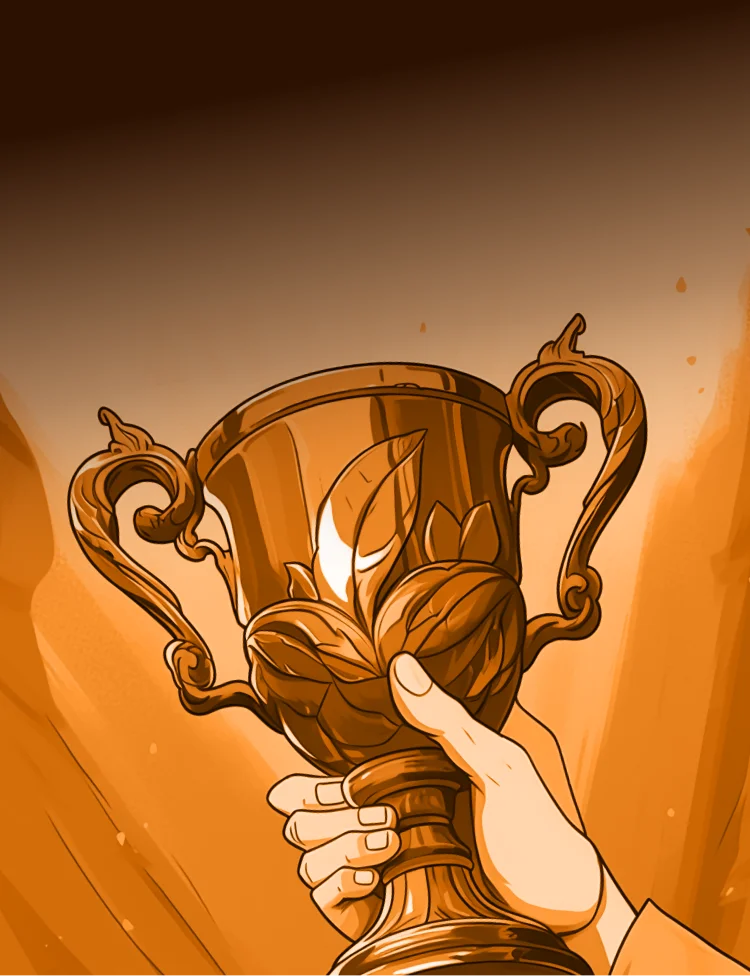Let’s face it—creative thinking is the currency of the 2025 economy. Whether you’re designing apps, writing the next bestselling novel, or just trying to problem-solve at work, creative energy is everything. The world moves fast, distractions are everywhere, and “creative block” is realer than ever. So it’s no surprise that more people—artists, techies, entrepreneurs, you name it—are exploring nootropics and smart drugs to find that edge. Can these supplements actually boost creative thinking? Or is it all hype?
The Brain and the Birth of New Ideas
Creativity isn’t just about “talent” or being born with some magic. It’s about how your brain forms connections, switches between focus and free flow, and rides the waves of mood and motivation. Nootropics aim to give your brain a nudge—making it easier to access new ideas, make bold leaps, and stay in that sweet spot of productive creativity.
Trending Keywords for Creative Nootropic Use
Want to dive deeper? Search these terms:
-
Nootropics for creativity
-
Smart drugs for artists
-
Nootropics for writers
-
Best supplements for innovative thinking
-
Lion’s Mane for creativity
-
Flow state nootropics

What Are Nootropics and How Do They Work?
At their core, nootropics are compounds—natural or synthetic—that enhance cognitive function. But for creative folks, it’s not just about rote memory or focus. It’s about flexibility, flow, and fearless experimentation.
Natural vs. Synthetic Nootropics for Creativity
-
Natural nootropics: Lion’s Mane mushroom, Bacopa monnieri, Rhodiola rosea, ginkgo biloba, and even cacao. These boost blood flow, support neural growth, and gently elevate mood.
-
Synthetic nootropics: Think modafinil, noopept, racetams—more intense, sometimes prescription-only. Some users report a hyper-focused state, but creativity is complex: sometimes “looser” natural compounds offer more room to play.
How Nootropics Influence Mood, Focus, and Imagination
-
Dopamine boost: Fuels motivation, reward, and the drive to try new things—key for creatives.
-
Acetylcholine upregulation: Supports memory and learning—helping you juggle ideas and “connect the dots.”
-
Reduced stress/anxiety: Rhodiola, Ashwagandha, and L-theanine can mellow your mind, letting big ideas bubble up without fear or self-doubt.
The Science Behind Nootropics and Creative Thinking
Is there real science behind the hype? Actually, yes—though it’s a work in progress.
Neurotransmitters, Flow State, and Brain Plasticity
-
Flow state: That zone where hours pass like minutes, ideas come fast, and everything just clicks. Nootropics that support dopamine and norepinephrine (like L-tyrosine, Rhodiola) may make it easier to slip into flow.
-
Brain plasticity: Lion’s Mane, Bacopa, and other “neurotrophic” herbs support BDNF (Brain-Derived Neurotrophic Factor), helping your brain make new connections—literal fuel for creativity.
-
Stress reduction: Too much anxiety or pressure can shut down creative thinking. Nootropics that chill you out help you stay open to possibility.
Studies on Nootropics and Innovative Performance
-
Lion’s Mane mushroom: Early studies link it to faster recall and improved “mental flexibility.”
-
Rhodiola rosea: Research shows better mood, stamina, and resilience—all linked to more creative output.
-
Modafinil: In some studies, it improves divergent thinking (generating new ideas), but the jury’s out on whether it actually makes you more original.
-
Bacopa monnieri: Associated with improved memory, focus, and the ability to learn new creative skills
The bottom line? Nootropics aren’t a magic wand, but they can shift the mental state that’s key for creative breakthroughs.

Popular Nootropics for Artists, Writers, and Entrepreneurs
Not sure where to start? Here are some fan favorites for getting in the zone.
Lion’s Mane, Bacopa, Rhodiola, and More
-
Lion’s Mane mushroom: Enhances “mental clarity” and supports long-term brain health. Great for writers, designers, and musicians.
-
Bacopa monnieri: Sharpens memory, mental speed, and learning—helpful for anyone juggling complex ideas.
-
Rhodiola rosea: Boosts resilience, stamina, and mood—keeps you going through creative marathons.
-
L-theanine: Calms the mind without making you sleepy—perfect for open, focused brainstorming.
-
Cacao: Not just a tasty treat! Raw cacao improves blood flow to the brain and offers a gentle mood lift.
-
Noopept (synthetic): Some report clearer thinking and faster idea generation—but use with caution and start small.
Smart Drug Stacks for Different Types of Creatives
-
Writers: Lion’s Mane + Bacopa + L-theanine
-
Musicians/Composers: Rhodiola + Ginkgo + a bit of raw cacao
-
Entrepreneurs/Idea People: Modafinil (if prescribed) + Lion’s Mane + L-tyrosine
-
Artists/Designers: Lion’s Mane + Rhodiola + Ashwagandha
Real Stories: How Users Blend Nootropics With Artistic Practice
This isn’t just lab science—real artists, musicians, and dreamers are mixing nootropics into their routines for more flow, fewer blocks, and a fresh take on their work.
Musicians, Designers, Programmers, and Problem-Solvers
-
Musician’s take: “Lion’s Mane in my morning coffee opens up my creativity. I feel less stuck, more willing to try weird chords and new melodies.”
-
Designer’s hack: “When I’m on a deadline, I stack Bacopa and Rhodiola—sharp focus but chill enough to play with ideas, not just power through.”
-
Programmer’s workflow: “On big coding days, L-theanine and a microdose of noopept help me break down complex problems and see patterns in the code I’d usually miss.”
-
Entrepreneur’s perspective: “Running a business is all problem-solving. For my creative sprints, I stick to Lion’s Mane and cacao for that happy, energized state where ideas just connect.”
Tips for Crafting Your Own Creative Nootropic Routine
-
Start with one: Don’t go full “mad scientist”—try a single ingredient and journal your mood, ideas, and productivity.
-
Dose for the day: Less is often more. Many creatives find microdosing or cycling gives better long-term results.
-
Stack for the task: Use a lighter stack for brainstorming, and a different one for editing, practicing, or performing.
-
Pair with real-life rituals: Good music, a walk outside, or even a shower can enhance the effects.
Safety, Side Effects, and Knowing Your Limits
Nootropics are powerful tools, but like any tool, they need respect. When it comes to creative work, it’s easy to go overboard in the search for that next big idea. Here’s how to keep your brain (and your art) healthy.
Cycling, Dosing, and Avoiding Creative “Burnout”
-
Cycle your use: Don’t take the same stack every day. Give your brain time to reset—try a few days on, a few days off.
-
Microdosing matters: Many creatives find smaller doses (even below what’s listed on the label) are just right for gentle focus and inspiration, without side effects.
-
Know your limits: If you feel “too wired,” anxious, or spaced out, back off. True creative flow should feel energized, not frazzled.
Red Flags and When to Take a Break
-
Insomnia or poor sleep: If your creative stack leaves you staring at the ceiling, it’s time to cut back or switch to calming options like L-theanine or Ashwagandha.
-
Mood swings or irritability: These are signs your brain chemistry needs a breather. Re-evaluate your stack, especially if you’re mixing synthetics with natural nootropics.
-
Physical side effects: Headaches, upset stomach, or “brain fog” mean your stack isn’t working for you—listen to your body.
Pro tip: Creative breakthroughs are awesome, but your health comes first. Creativity thrives on balance—so let rest and recovery be part of your process.
Conclusion: Unlocking Your Creative Potential in the Modern Age
Nootropics and smart drugs can absolutely be part of your creative toolkit in 2025—helping you find flow, generate bold ideas, and break through mental blocks. But the real magic? It’s you—your routines, your curiosity, your willingness to try, fail, and try again.
The best nootropic stack is the one that fits your creative life: natural, safe, and always evolving with your goals. Pair your smart drugs with healthy habits, real-world inspiration, and a community of fellow creators.
In the end, no supplement can replace the thrill of chasing a new idea—but they sure can help you enjoy the ride.
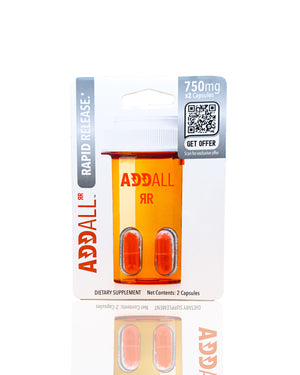
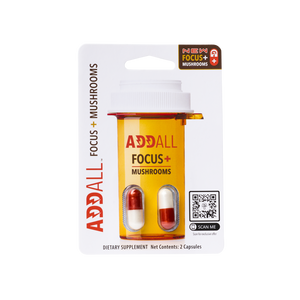

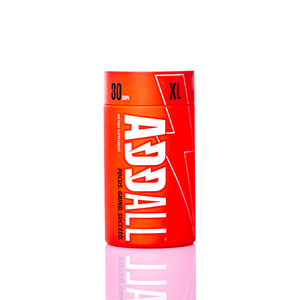
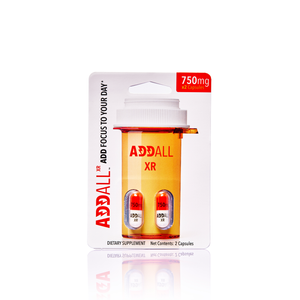
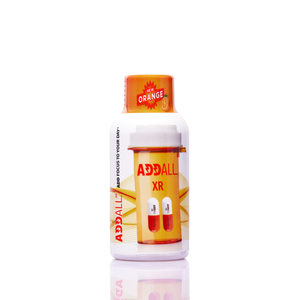

 Addall XR
Addall XR
 Addall XL
Addall XL
 Addall
Addall Addall
Addall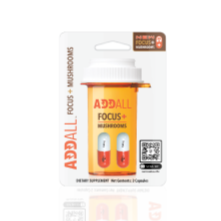 Addall
Addall Addall
Addall
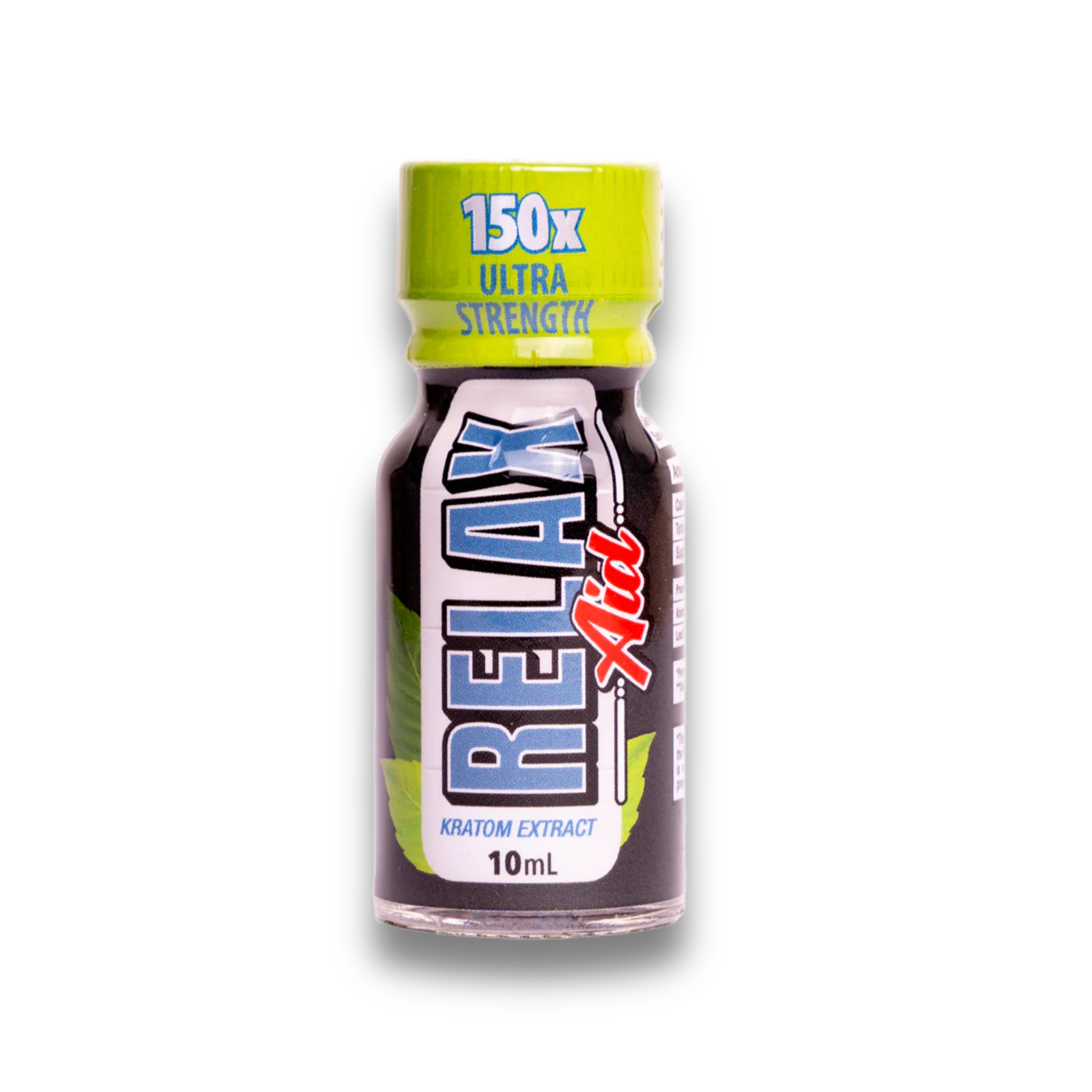 RelaxAid
RelaxAid
 Compare
Compare



















































